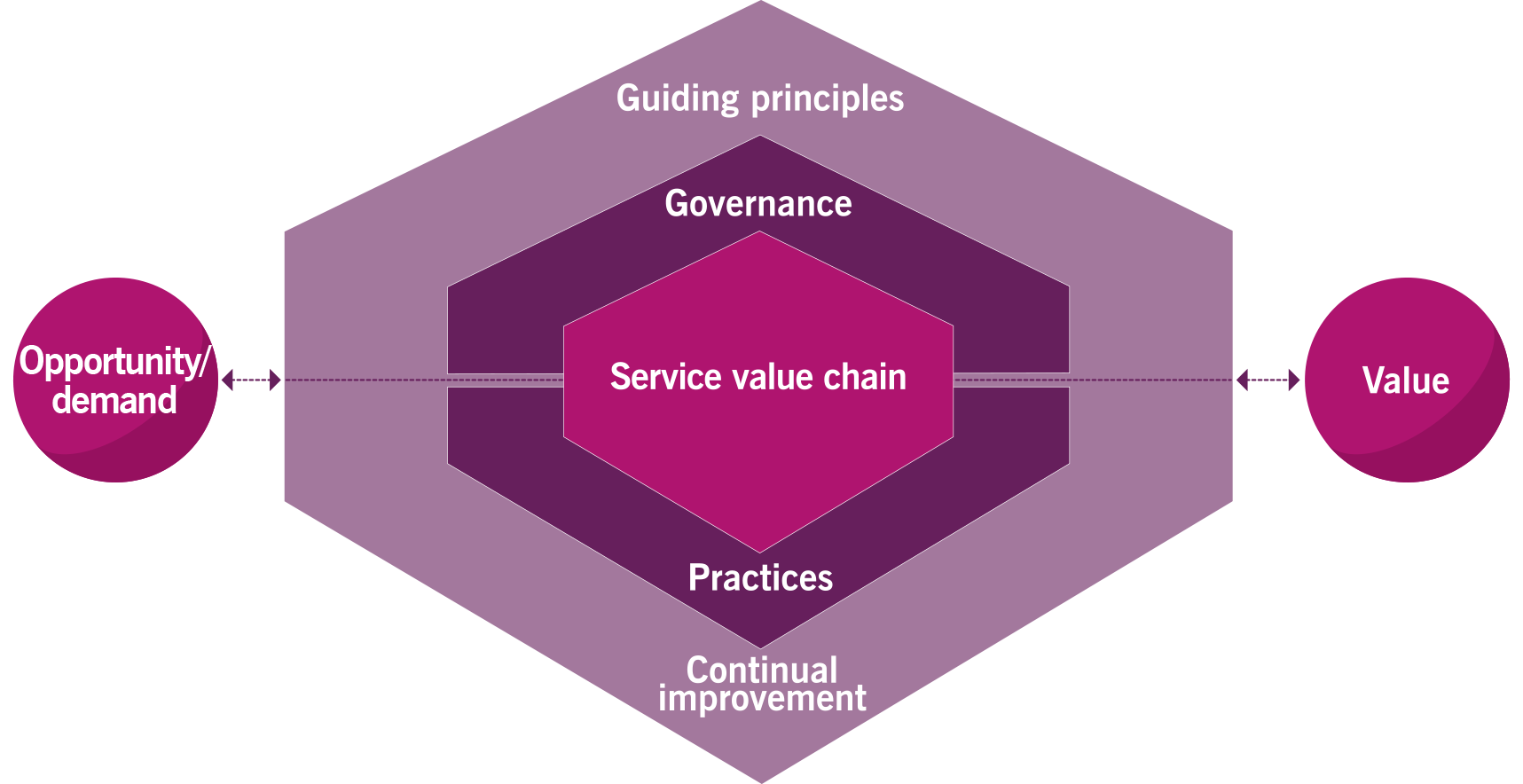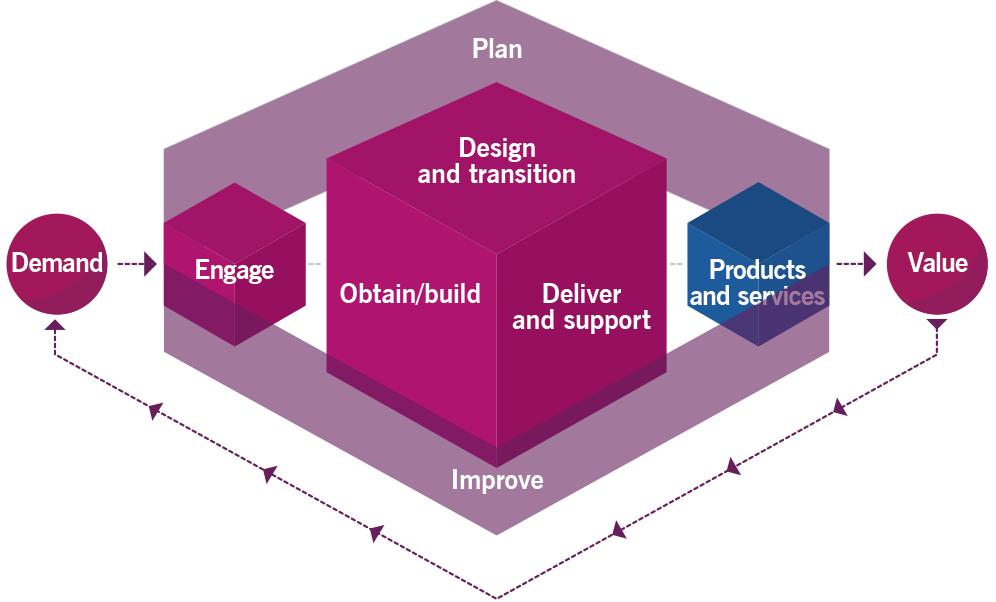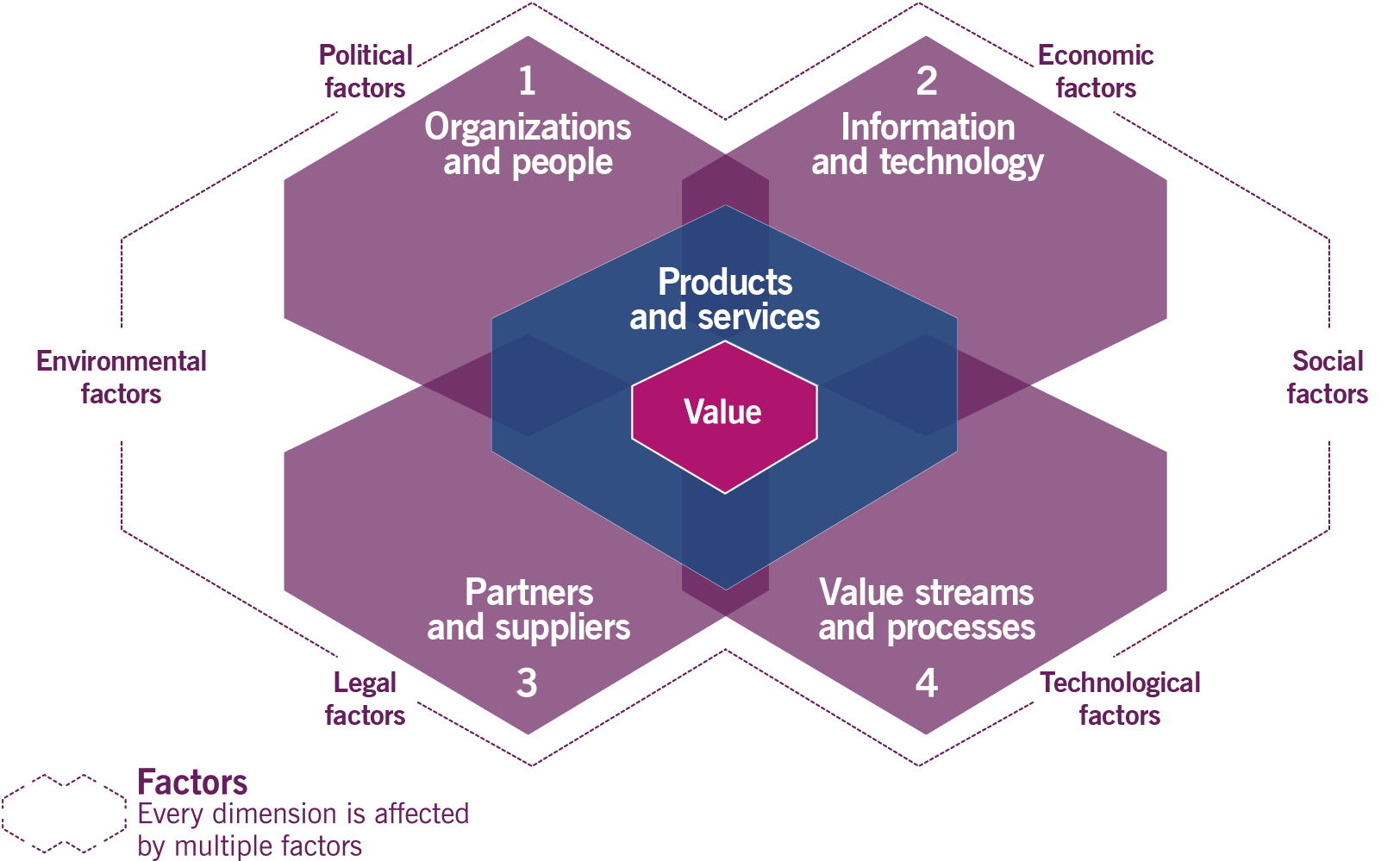by Nikola Gaydarov
I am an ITIL v3 Expert and I have been teaching ITIL for the last 5 years. During this time, I had many discussions with my students on how ITIL can be improved. We went up and down the phases and the process and as a result I have written some articles with ideas that came up. I even wrote an article called ITIL v4 well over a year before the official announcement was done. You can imagine the enthusiasm and the feelings I had, when the real work on the new update started. I have been even part of the whole discussion about the name – would it be v4, v3 2019 or just 4. It was great fun.
Leaving some time for the dust to settle, I decided to go for ITIL 4 Foundation certification few weeks ago. I got the book, I got access to a training and started reading.
It quickly became obvious that ITIL 4 would change the game. We are now ready to talk about value, value system and value streams. The best side of it, is that ITIL 4 is written in such a way that everyone can understand and relate to it.
In this article I will try to show you some great ideas laid down from ITIL 4 and why you might want to certify yourself on the Foundation level. Ultimately, I want to prove that ITIL 4 is good for every one of you.
So, let’s start with ITIL 4.
Why ITIL 4
The first thing that struck me was… We now have a definition of Value. Though it may seem funny, in v3 Value there was no such definition.
The next big thing is, of course, the Service Value System (SVS). There are a few other frameworks that have defined similar models, but here we can see the legacy and the new ideas in one model. ITIL 4 has kept and even promoted to the highest possible level the Guiding Principles.

Source: AXELOS, “ITIL Foundation: ITIL 4 Edition” (2019)
We can see how Governance and Continual Improvement fit as well.
Major change in this version are the Practices and the Service Value Chain. The first will extend our process driven model by focusing more on the Why, and the latest define the so called Value Streams.
Value Streams are a big improvement over what we had as a delivery model in v3. They mix activities and practices to deliver value. How great is that?

Source: AXELOS, “ITIL Foundation: ITIL 4 Edition” (2019)
And the good ideas go even further. We now have six activities: Plan, Improve, Engage, Design and Transition, Deliver and Support and Obtain and Build. Why is this a good thing? It is good because we now have focus. Is what I am doing an Engagement or Design and Transition activity? Are there any related best practices to how we engage with our customers? Do we have predefined procedures and guidelines? The list can go on. In short, we are given a high-level system, which can be split into activities and practices with a focus on value. It looks a lot better and a lot more up-to-date, doesn’t it?
I will go into detail, but we now have 34 Practices split into three groups. I think these are plenty of practices 😊 Major point is that we now have Business Analysis, Risk Management, Portfolio and Project Management, Deployment and Software Management. It looks sound from a practical perspective.
The 4 Dimensions of Service Management

Source: AXELOS, “ITIL Foundation: ITIL 4 Edition” (2019)
Last, but not least are the 4 dimensions of service management. They were always there, but we somehow always forgot about them. Something like the pink elephant in the room – it is there but it seems no one is paying enough attention. Emphasizing the importance of People, Information, Partners and Value Streams is a great way to deliver better and better services.
The more you read, the more you think ”Hey, this looks cool, I should certify”, don’t you?
Well, I thought the same, so I did it 😊
Why ITIL 4 Foundation
I have taken an online prerecorded training with a great quality. I read the book several times and done the mockup exams. The practical example about Axle Car Hire was a great help. You can easily understand and relate to theory, if you are given a practical example. The exam was straightforward, not easy, not hard. Well, I am an Expert, so I was close to perfection 😊

Source: AXELOS
Why do you need to certify? The main reason, of course, is that ITIL 4 will follow up on the steps of ITIL v3 2011 and become a well known and well used best practice framework. The certificate will be valid at least for several years and will be known throughout the globe. So, don’t wait, just go for it…







